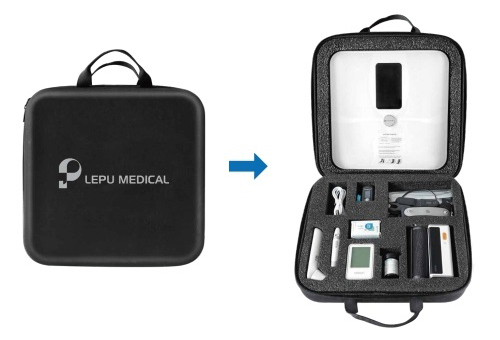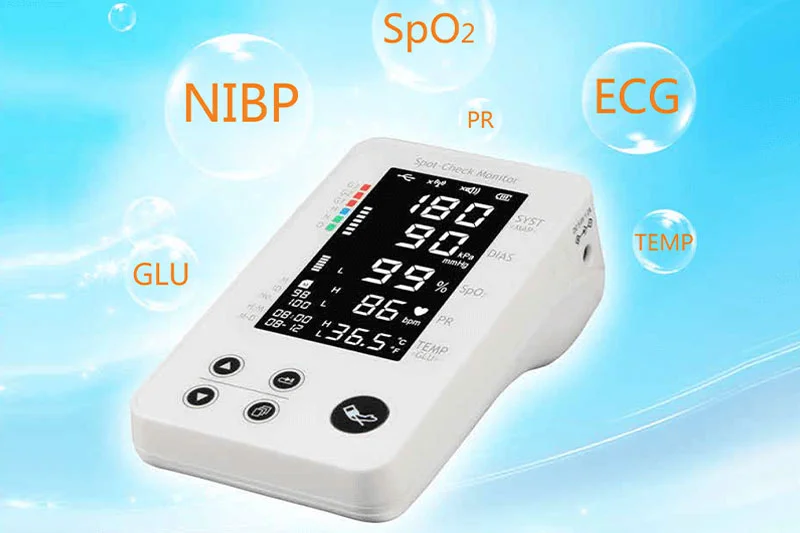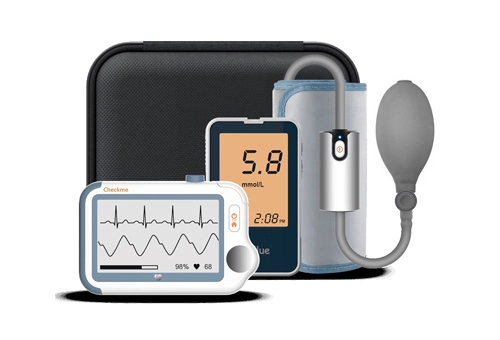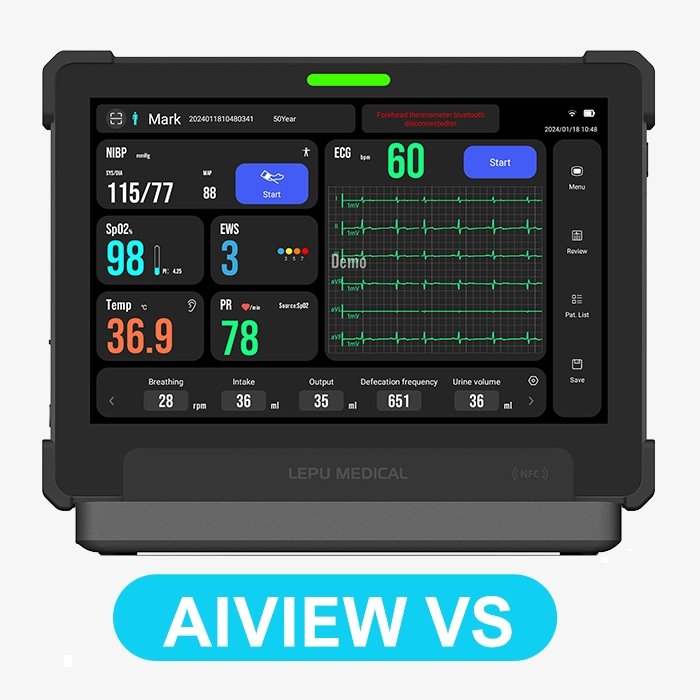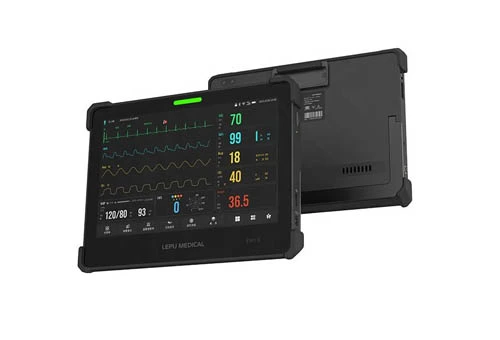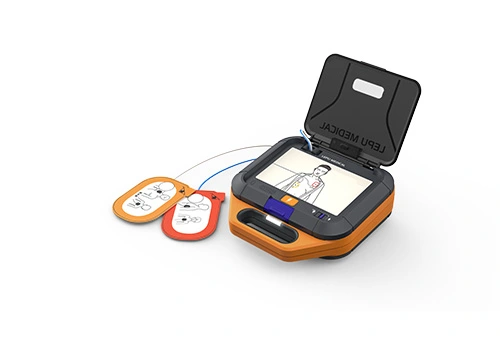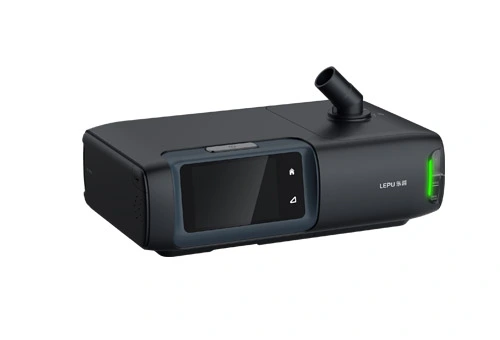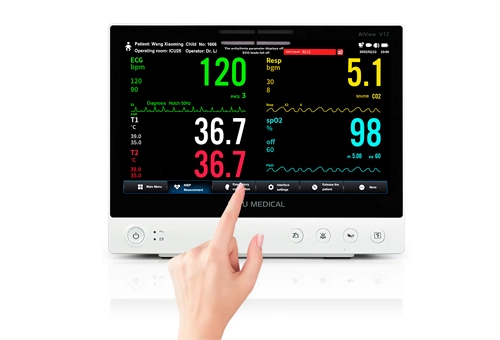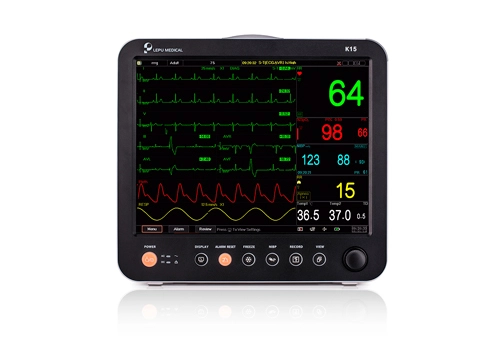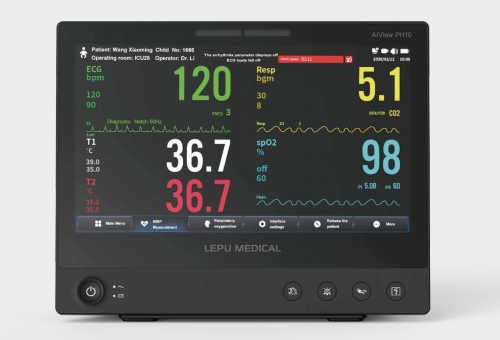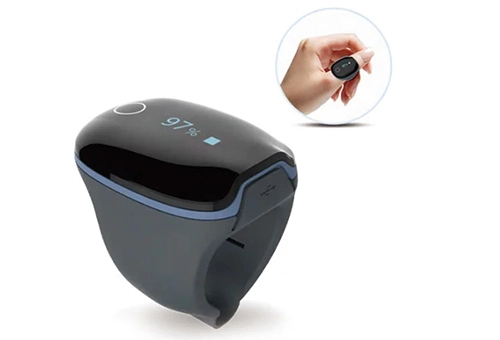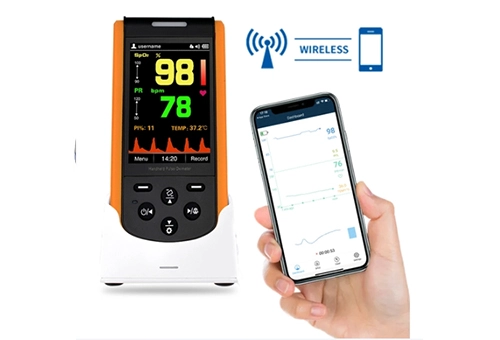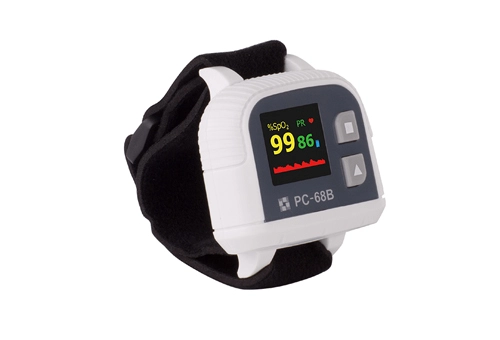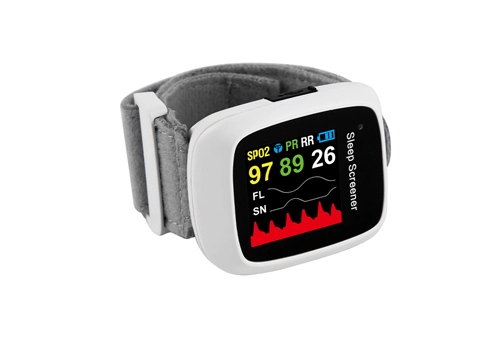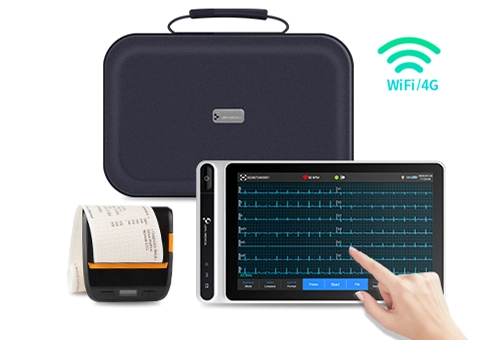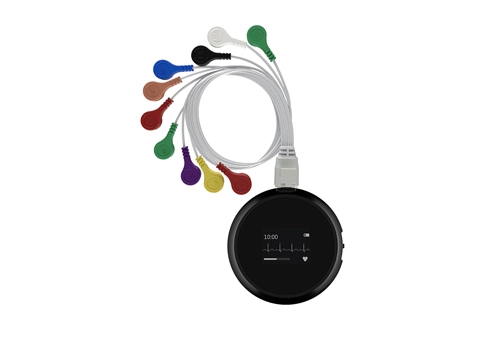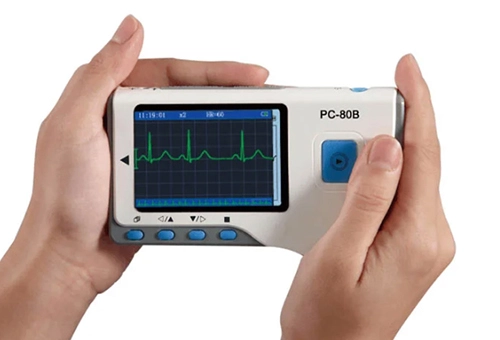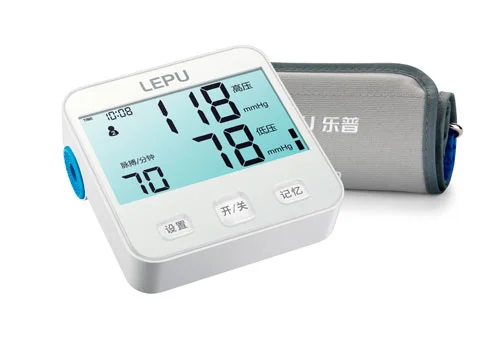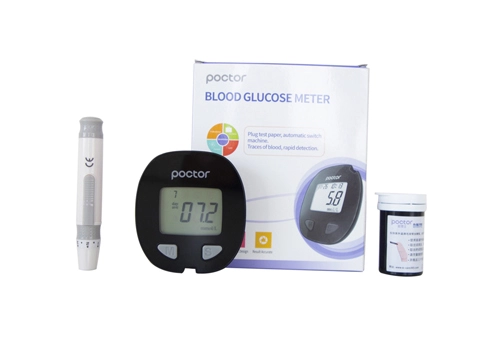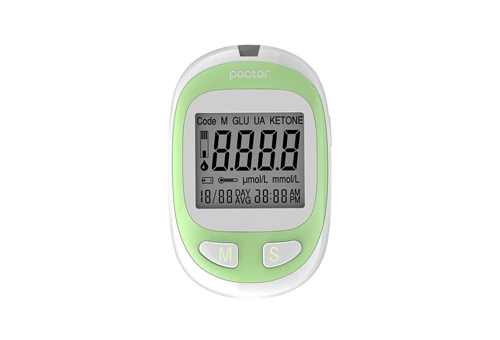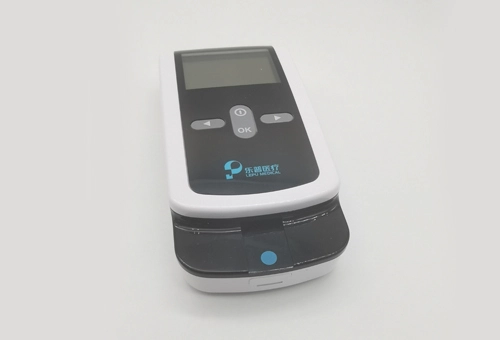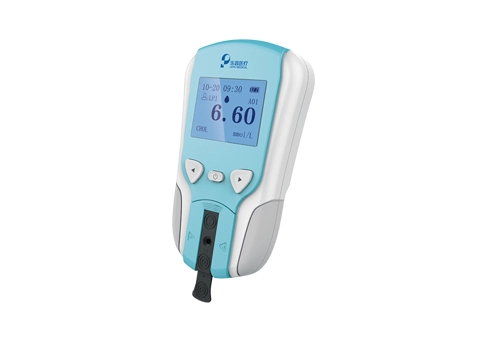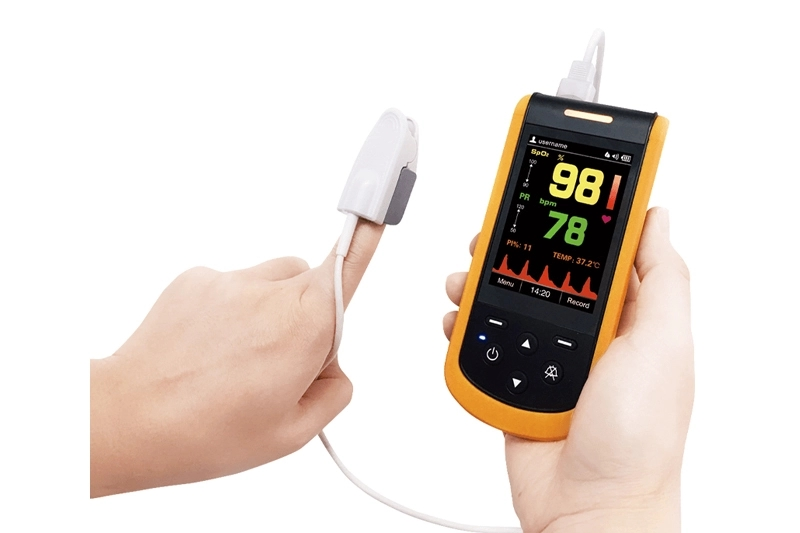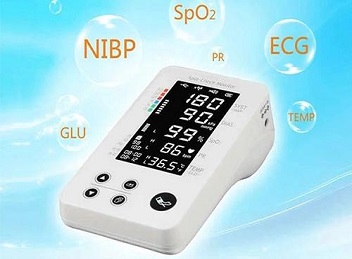The Use of Pulse Oximeter for Monitoring Blood Oxygen Levels
Pulse oximeters are vital medical devices used for monitoring blood oxygen levels in patients. They are devices that measure oxygen saturation levels in arterial blood non-invasively. These small, portable devices are now commonly used in hospitals, emergency departments, and operating rooms, as well as by patients in their homes. The accurate pulse oximeter is an essential tool in detecting hypoxemia, a condition characterized by low blood oxygen levels. This article delves into the use of pulse oximeters and their importance in healthcare.
Understanding Pulse Oximeter
A pulse oximeter is a non-invasive device that measures the amount of oxygen that is bound to hemoglobin in the blood. It does so by emitting light into the body part (usually a finger, earlobe, or toe) and measuring the amount that returns, based on the absorption of red and infrared light by blood. The device provides a quick and easy way to monitor blood oxygen levels without requiring a blood sample.
Why is an Accurate Pulse Oximeter Important?
An accurate pulse oximeter is critical in the diagnosis and management of patients with respiratory or cardiovascular disorders and in patients undergoing surgical procedures. If the blood oxygen pulse oximeter is not accurate, it may lead to inappropriate interventions, incorrect therapeutic decisions, and adverse outcomes. Therefore, accuracy is of utmost importance.
Accuracy is not only critical in a hospital setting but also in home care. Patients with chronic respiratory or cardiovascular diseases are often advised to monitor their oxygen saturation levels at home regularly. Inaccurate readings can delay urgent medical attention and lead to inappropriate interventions.
Advantages of Using Pulse Oximeter
The pulse meter machine is one of the easiest and most non-invasive ways to monitor blood oxygen levels, making it an ideal tool for use in healthcare settings. The device is lightweight, portable, and easy to use, which makes it convenience to use, even in resource-limited areas.
Using pulse oximeters helps avoid the need for taking blood samples, which is helpful in reducing the cost associated with laboratory tests. It is also less invasive and less time-consuming than arterial blood gas analysis, which is the gold standard for measuring oxygen saturation levels in the blood.
How to Choose an Accurate Pulse Oximeter?
When choosing a pulse oximeter, it is essential to consider several factors to ensure an accurate reading. Accuracy, reliability, and ease of use are important traits to look for. Here are some factors to consider when choosing an accurate pulse oximeter:
1. Accuracy: Accuracy is the most important consideration when selecting a pulse oximeter. It is essential to choose a device that is accurate and reliable to avoid misdiagnosis. Accuracy may be affected by factors such as patient movement, skin color, and nail polish.
2. Reliability: Choose a pulse oximeter that has been tested and validated by reputable authorities. It should be able to provide consistent and accurate readings throughout its lifespan.
3. Ease of use: Choose a device that is easy to use and understand. It should have clear instructions and an intuitive interface.
The accurate pulse oximeter is an essential tool for monitoring blood oxygen levels, and it has widespread use in healthcare settings and in-home care. It provides a non-invasive and easy way of assessing oxygen saturation levels in the blood, avoiding the need for blood samples. When choosing a pulse oximeter, accuracy, reliability, and ease of use are important factors to consider. Accurate readings are critical in diagnosing and managing patients with respiratory or cardiovascular diseases, and an inaccurate reading may lead to inappropriate interventions, incorrect therapeutic decisions, and adverse outcomes.

